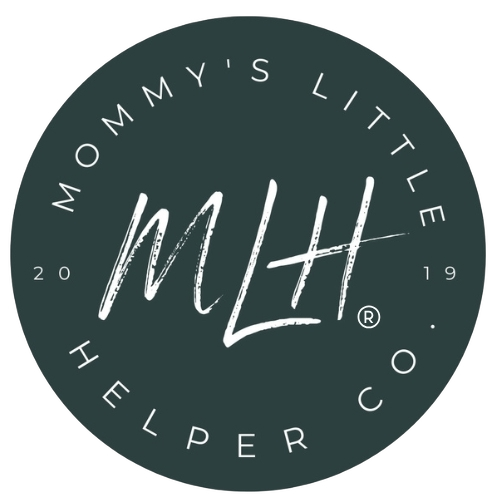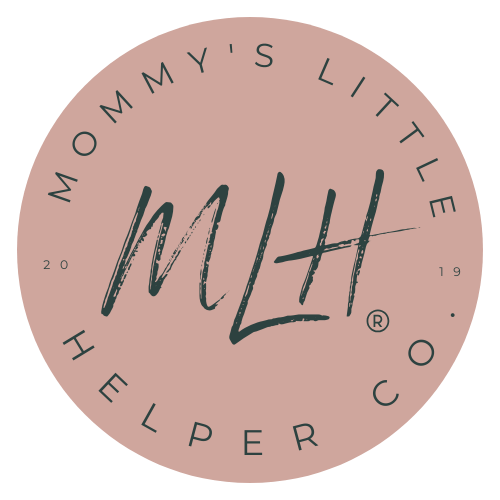
How to Create the Perfect Home Classroom for Toddlers
As someone who’s spent countless hours figuring out how to encourage my kids’ independence while juggling the chaos of family life, I understand the joys and challenges of creating a space where our little ones can learn and grow.
If you’re here, you’re probably thinking about setting up a home classroom for your toddler, something that fosters independence, encourages independent play, and makes learning a part of their everyday life. Don’t worry, you don’t need a big budget or tons of extra space to make it happen. With a few thoughtful choices, you can create a warm and inviting environment where your child feels excited to explore and learn.
Let me walk you through it.
Why Create a Home Classroom for Your Toddler?
I get it. Life is busy, and finding the time to set up a classroom at home can feel like one more thing on an endless to-do list. But creating a little learning corner for your toddler is so worth it. It’s not just about academics. It’s about building their confidence and giving them a space to feel capable and independent.
Incorporating Montessori-inspired ideas can make this even more special. Montessori focuses on hands-on learning and encouraging kids to explore at their own pace, which works beautifully for toddlers. This approach is especially helpful for parents like us who want to nurture toddler independence and see our kids develop practical skills while having fun.
Further reading: Montessori at Home: What Is It and How to Do It
How to Create a Home Classroom for Your Toddler?
Step 1: Choose the Right Spot
First things first, find a spot in your home where your toddler can focus and play. This doesn’t need to be a whole room—a little corner of the living room or kitchen works perfectly. The key is to make it theirs.
Look for a space with natural light if possible, as it creates a calm and inviting atmosphere. Keep it simple and clutter-free so your toddler doesn’t get overwhelmed. If you’re tight on space, consider using multifunctional furniture, like a foldable learning tower or activity tower, that doubles as both a classroom tool and a practical helper around the house, and can easily be stored away when not in use.
Step 2: Set Up the Essentials
Now that you’ve got the space, it’s time to add what your toddler needs. Here’s a list of classroom must-haves that I’ve found work wonders:
- A Learning Tower or Toddler Tower: This is a game changer, trust me! A learning tower (also called a helper tower, kitchen tower, or standing tower) gives your toddler a safe way to participate in activities at the counter, like helping prepare snacks or working on crafts. It’s perfect for teaching practical life skills and fostering independence. If you’re short on space, choose a foldable learning tower design that’s easy to store when not in use.
- Low Shelving for Toys and Learning Materials: Montessori emphasizes accessibility, so keep shelves at your child’s height. This allows them to choose their own activities and feel in control.
- A Wooden Chopper Knife: Don’t worry! These are perfectly safe for toddlers to use with supervision. Letting them chop soft fruits or veggies builds motor skills and encourages responsibility.
- Tables and Chairs Sized for Toddlers: A small, sturdy table and chairs make it easy for your little one to focus on activities like puzzles, colouring, or learning letters.
- A Home Indoor Playground: If space allows, consider adding a small climbing structure, like a Pikler triangle or slide. These are great for gross motor development and provide a fun break from seated activities.
Step 3: Incorporate Learning Through Play
Toddlers learn best when they’re having fun. That’s why it’s so important to make the classroom engaging and filled with opportunities for hands-on learning.
- Practical Life Activities: Give your child age-appropriate tasks like pouring water, sorting objects, or folding cloths. These teach real-life skills while improving concentration and coordination.
- Montessori Materials: Simple items like stacking toys, puzzles, and wooden blocks are fantastic for developing problem-solving and fine motor skills.
- Books and Art Supplies: Keep a small selection of books, crayons, and paper on hand to spark creativity.
Step 4: Incorporate Learning Through Play
Your toddler’s classroom should feel like a safe, comforting place. Add soft rugs, cushions, or a small bean bag chair for a cozy reading nook. You could even hang up some of their artwork or family photos to make the space feel personal and special.
If you’re anything like me, you probably want to keep things tidy too (as much as possible with a toddler!). Baskets and bins are great for organizing toys and supplies while keeping everything within your child’s reach.
How to Teach Your Toddler at Home
If you’re wondering how to get started, the best advice I can give is to keep it simple. Toddlers thrive on routines and repetition, so focus on creating a consistent schedule for learning and play.
Here are a few ideas:
- Focus on Practical Life Skills: Use your kitchen tower or learning stool to teach your toddler simple tasks like stirring batter, washing fruits, or even setting the table. These activities build confidence and give them a sense of accomplishment.
- Encourage Independent Play: Set up activities they can do on their own, like stacking blocks or matching cards. This helps develop focus and problem-solving skills.
- Follow Their Interests: If your toddler loves animals, for example, incorporate animal-themed puzzles, books, and toys into their learning.
Remember, there’s no “right” way to teach your toddler. The best teaching method is the one that works for your child and family.
What to Include in a Toddler Classroom
Here’s a quick checklist of materials to include:
- Practical life tools (like a wooden chopper knife or small watering can)
- Art supplies (crayons, paper, washable paints)
- Montessori-inspired toys (stacking blocks, shape sorters)
- Sensory materials (sand, playdough, water beads)
- Books and puzzles
Final Thoughts
Creating the perfect home classroom for your toddler doesn’t have to be complicated. Start small, focus on fostering independence, and choose items that support your child’s natural curiosity.
As a mom, I know how fulfilling it is to watch your little one discover the world. By setting up a thoughtful space at home, you’re giving them the tools they need to learn, explore, and thrive.
If you’re looking for the perfect toddler furniture or other essentials to get started, check out the collections we have at Mommy’s Little Helper Co. From educational towers to play furniture, we’re here to help you make learning at home easy and fun.
Let’s make these precious toddler years unforgettable!




